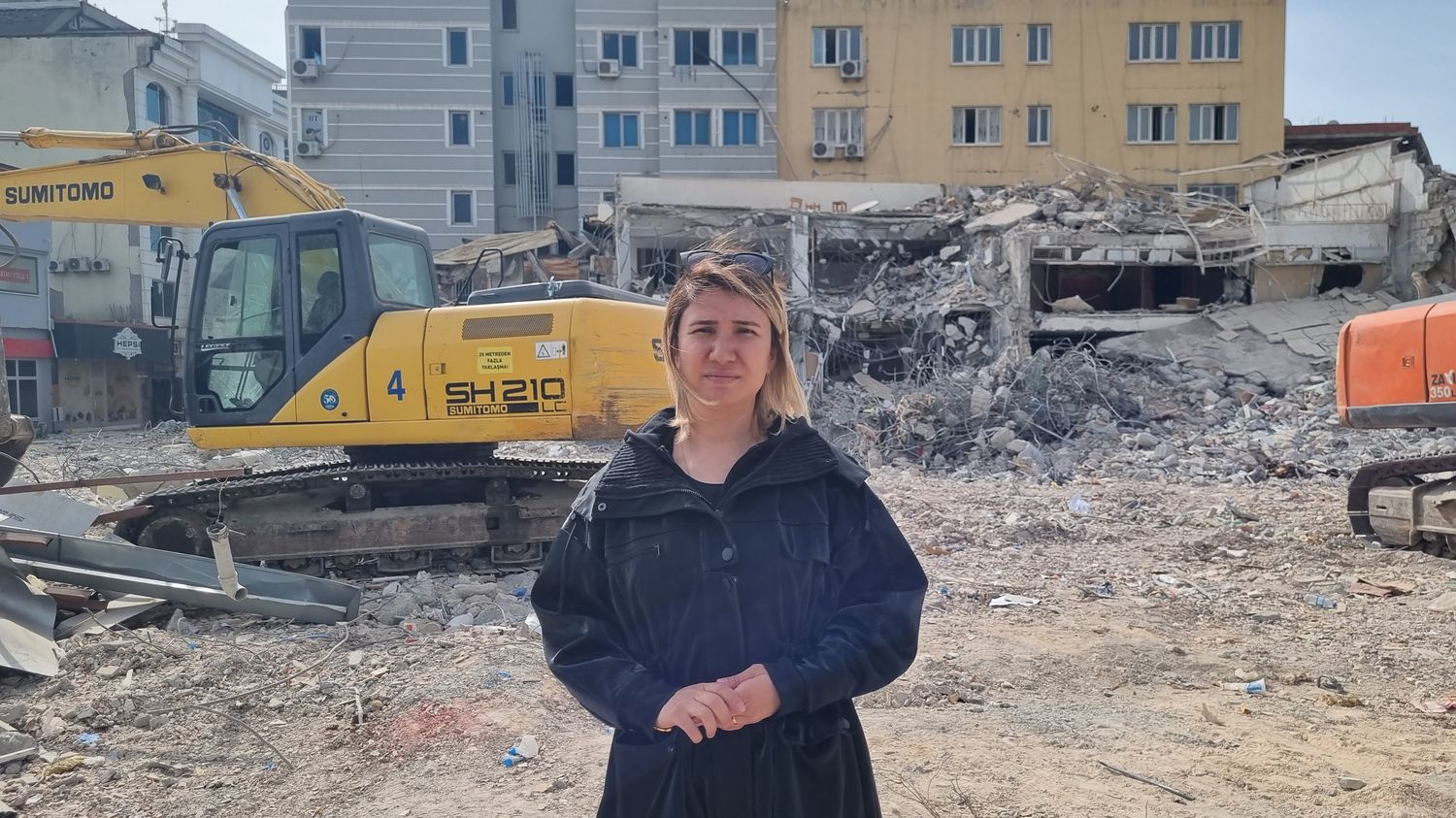In the city of Adiyaman, not far from the epicenter of the earthquake which killed more than 41,000 people in Turkey on February 6, everything has to be rebuilt. The cranes are busy, but some denounce the sites launched dangerously hastily.
Ufuk Bayir met at the foot of the clock in the city of Adiyaman, Turkey, which has become a symbol of the earthquake that devastated the south of the country on February 6. The clock stopped when the earth shook, at 4:17 a.m., not far from the epicenter of the earthquake. Wherever you look, you only see ruins.
>> Earthquake in Turkey: “We had to look at hundreds of bodies to try to find his son”, testify families who are still looking for their missing
While Brussels is hosting a conference of donors for the reconstruction of the Turkish provinces devastated by the earthquake, the cost of the damage is estimated at more than 100 billion dollars, not counting the reconstruction: like Adiyaman, these are entire cities, almost razed to the ground, that must be rebuilt.
300,000 buildings are uninhabitable
A cartographic engineer and general secretary of the Adiyaman Chamber of Architects, Ufuk believes that the city needs to be completely redesigned.
“In my opinion, it will be necessary to demolish at least 60% or 70% of the city. Because at least 30% of the city center has been destroyed and 60% of the remaining buildings are uninhabitable. And they present a great danger.”
In the eleven provinces, nearly 300,000 buildings are affected. This is not the only danger today. All over the place, cranes are busy clearing away the rubble. “Government came too late to save lives, help came too late, but very quickly they started picking up the rubble, explains Ufuk. A private company won the contract to clear the rubble. She has just started, but already she is dumping the rubble in a wetland and this is going to have a big impact on the environment. Not to mention all those huge clouds of dust…”

Asbestos and toxic rubble everywhere
In these clouds of dust that Ufuk evokes floats asbestos, while everywhere, toxic rubble litters the ground. The health risk is only beginning to be mentioned: in their haste to clear and rebuild, the authorities have been unconcerned. It would also be necessary, he adds, to take into account the uses, the cities as a whole before rebuilding.
Just opposite is a mountain of rubble: on the day of the earthquake, the Isias hotel collapsed in a few minutes, burying twenty-four children who had come from Cyprus to play in a volleyball tournament. Ece Tuncay, architect, accuses the authorities:
“No construction can start without the municipality knowing about it and without its agreement. It is she who sets the rules: she gives us the rules that we must respect. We have followed the instructions of the authorities.”
“If the ground was not suitable, continues the architect, they should have told us, given us authorizations depending on the soil, and we could have taken the necessary measures to avoid this disaster.” For the time being, only promoters or builders have been prosecuted, but no civil servants. As for the reconstruction fund, which will generate tens of billions of dollars, it was quickly established. It remains to ensure transparency, a new source of concern.
